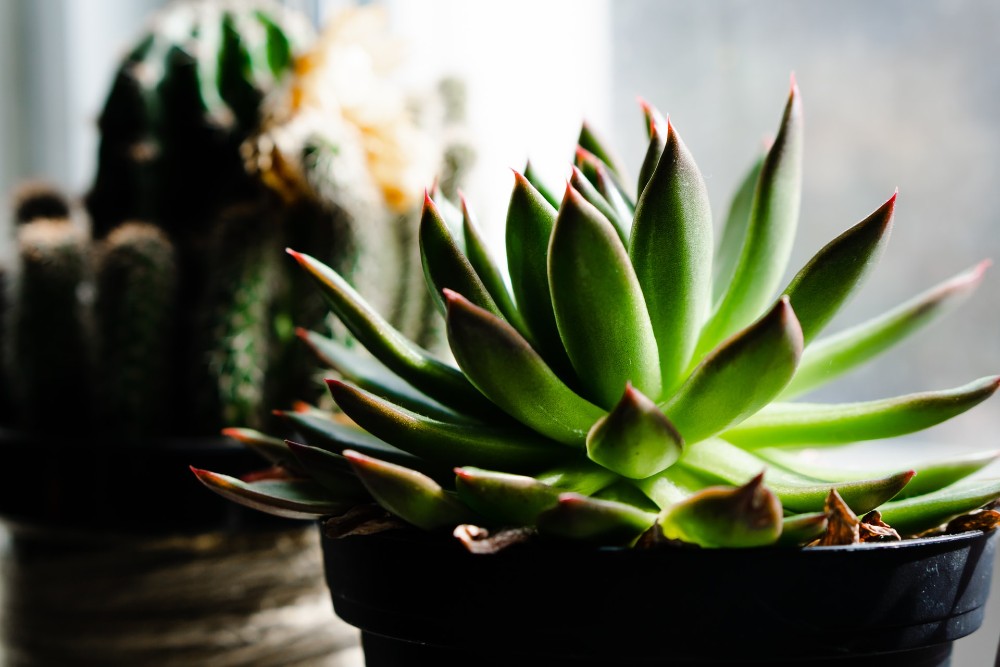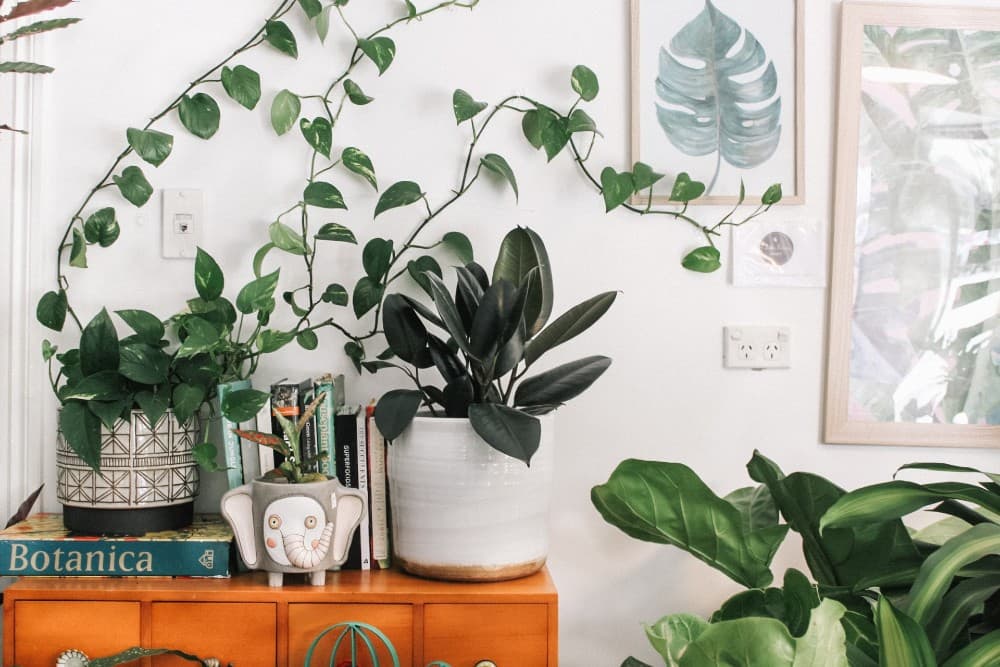How to Design a Successful Indoor Garden?
Designing a successful indoor garden can be tricky. You know the challenges if you’ve tried your hand at it. Unlike outdoor gardening, indoor landscaping requires different tools, supplies, and techniques. Investing in impressive pots, plant shelves, and neon lights can help improve the success rate of your effort. Check out these handy tips to find out how you can design a successful indoor garden this season!
Show That You Care
The most important point to remember when designing an indoor garden is that the plants you use should be suitable for growing in a container. The reason is that it’s important to ensure your plants are well-cared for, which will avoid problems down the road. You can get plants on your schedule, so you can take the time to care for them properly.
Some plants, like African violets, are outdoor-friendly. Others, like ferns and orchids, aren’t as suited to being grown indoors. Try to find plants that have been bred specifically for indoor gardening (like cacti). These varieties tend to be more cold-hardy than their outdoor counterparts and will be less likely to suffer from disease or lack of light. Also, look for plants that tolerate low light levels (such as bromeliads). These varieties are also resistant to disease.

Keep the Weather in Mind
The weather is a major factor in designing a successful indoor garden, as you need to account for the temperature and humidity levels. The plants won’t grow well if it’s too hot or humid. You must also ensure that the plants are sheltered from direct sunlight and wind.
The soil should have good quality potting and be prepared with added perlite (smaller particles). This will allow better drainage and keep the soil from becoming too soggy.
Select the Right Container
The best container for a successful indoor garden is easy to maintain and provides adequate drainage. The most important aspect of the container’s design is the mesh, which should be large enough to allow water from the soil to drain but small enough that pests can’t get in.
If you’re using a plastic garbage can, place it on its side, so it doesn’t tilt over and spill dirt onto your floor. Place your plants on top of something, so they’re not in direct contact with the ground underneath them. This will help prevent mold and mildew growth on your plants’ roots.
You can also consider using a large bucket or tub as your container if you’re planting indoors during winter when temperatures are low outside. These containers hold water well and leave plenty of room for air circulation around each plant’s root ball. This prevents them from becoming root-bound while growing away from sunlight exposure.
Evaluate Your Lighting Situation
Lighting is important for indoor gardening, but it can be difficult to know how much light you need. You may need to make some adjustments if your plants aren’t getting enough light or if they’re growing too fast. In this section, we’ll discuss how to evaluate your lighting situation so that you can make the appropriate adjustments.
The first step in evaluating your lighting situation is to look at where you plan to place your indoor plants. Do you have enough space? If not, will the plants have enough room after they’ve grown? You also need to check if there’s sufficient natural light in the area. Look for artificial lighting in the room that could interfere with the plant’s growth.
Good Drainage
One of the most important things you can do to make your indoor garden successful is to have good soil and drainage. If you don’t have good drainage, your plants won’t be able to get enough water and nutrients from the soil. Without proper drainage, your plants are also more likely to become root-bound, meaning their roots can’t grow or spread out properly.
Use Healthy Soil
Healthy soil is a great way to make your indoor garden more successful. The right soil can help you grow plants resistant to pests and disease and produce larger yields. Most indoor gardens use potting soil, which is made from composted organic matter like leaves and grass clippings. You can also use other types of soil if available in your area. However, don’t use sand or perlite. These can harm certain plants.
Plant Seeds at the Right Time
Planting your seeds indoors requires more planning than throwing them in the ground and hoping they’ll grow. For one thing, they’ll have to be planted at the right time, which means knowing your target temperature.
The best way to know this is by using an indoor garden thermometer. These devices measure the ambient temperature inside a room, which can help you determine whether it’s safe to plant those seeds!
Know When to Repot
Repotting your indoor garden is an important part of maintaining healthy plants. Repotting is removing a plant from its original pot and placing it in a new one. This helps the roots expand outward into the new soil. Repotting your indoor garden depends on the type of plant you’re growing, but generally speaking, you’ll want to repot when:
- The roots are showing signs of crowding or root rot.
- Your plant’s leaves look unhealthy.
- Your plant doesn’t have enough light, especially if it’s growing in a shady location.
- If you follow these guidelines for repotting, you’ll be able to keep your indoor plants healthy and happy for many years.
Consider How You’ll Water Your Plants
If you’re planning on growing plants indoors, it’s important to consider how you’ll water them. You may want to consider investing in a mini-sprinkler, designed especially for indoor use and can be placed anywhere in the room.
If you don’t have space for a mini-sprinkler, try using a watering can with a long hose. This will allow you to target the plants’ at their base and avoid excess moisture at the top. A spray nozzle can also work well to ensure all your plants get watered evenly.
Conclusion
An indoor garden can be a lot of fun, and with a little planning, you can get it right the first time. Pick your plants carefully, ensure your pots have proper drainage, fertilize them properly, give them plenty of light, water them regularly, and you’ll be on your way to enjoying the fruits (or vegetables and flowers) of your labor in no time.





